Coloured lakes, other-worldly rock formations and stark deserts. These Bolivia landscapes are almost too surreal to be believed…. until you see them.
Bolivia is blessed with some pretty stunning natural scenery – it doesn’t seem fair really. From bright turquoise lakes, to dormant volcanoes and incredible rock formations, Bolivia’s landscapes are a nature-lover’s dream.
Mind. Blown. That’s pretty much the only way that I can describe the first time I visited Bolivia. From the Salar de Uyuni to the mesmerising Quebrada de Palala, it was unlike anywhere I’d ever been before.
If you’re looking for unmissable places to visit during your time in Bolivia, start with these.
Jaw-Dropping Landscapes in Bolivia
Laguna Colorada (The Red Lake)
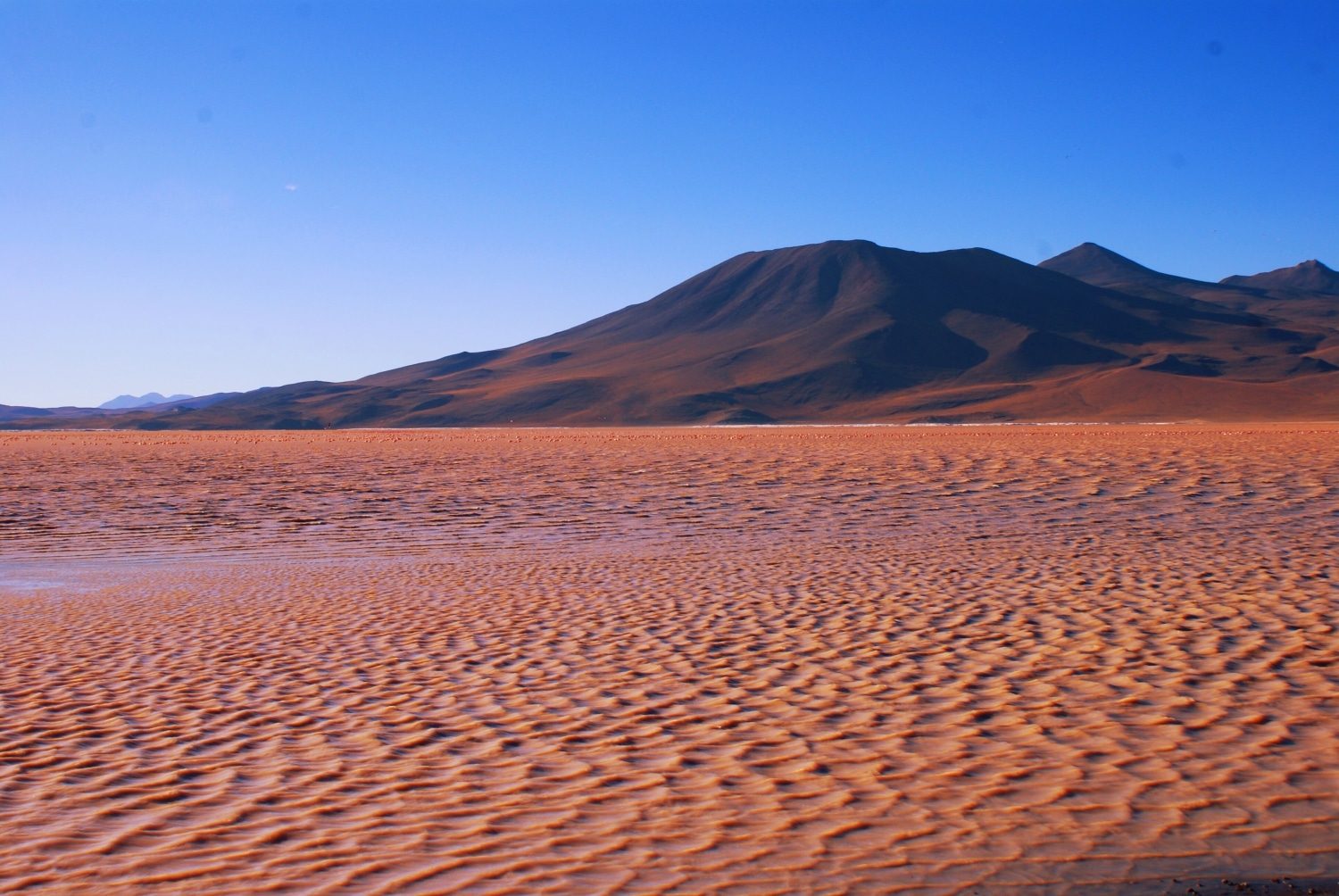
Water so red it looks like blood – the Laguna Colorada (or the Red Lake) hints at what life could look like on another planet.
The salt waters of the lake incubate the large variety of algae that give the lake its deep colour. Those of you currently obsessing over the Planet Earth II flamingos (lets face it, who isn’t) should savour the chance to see the large number of James flamingos who thrive on the plankton in the lake.
Quebrada de Palala
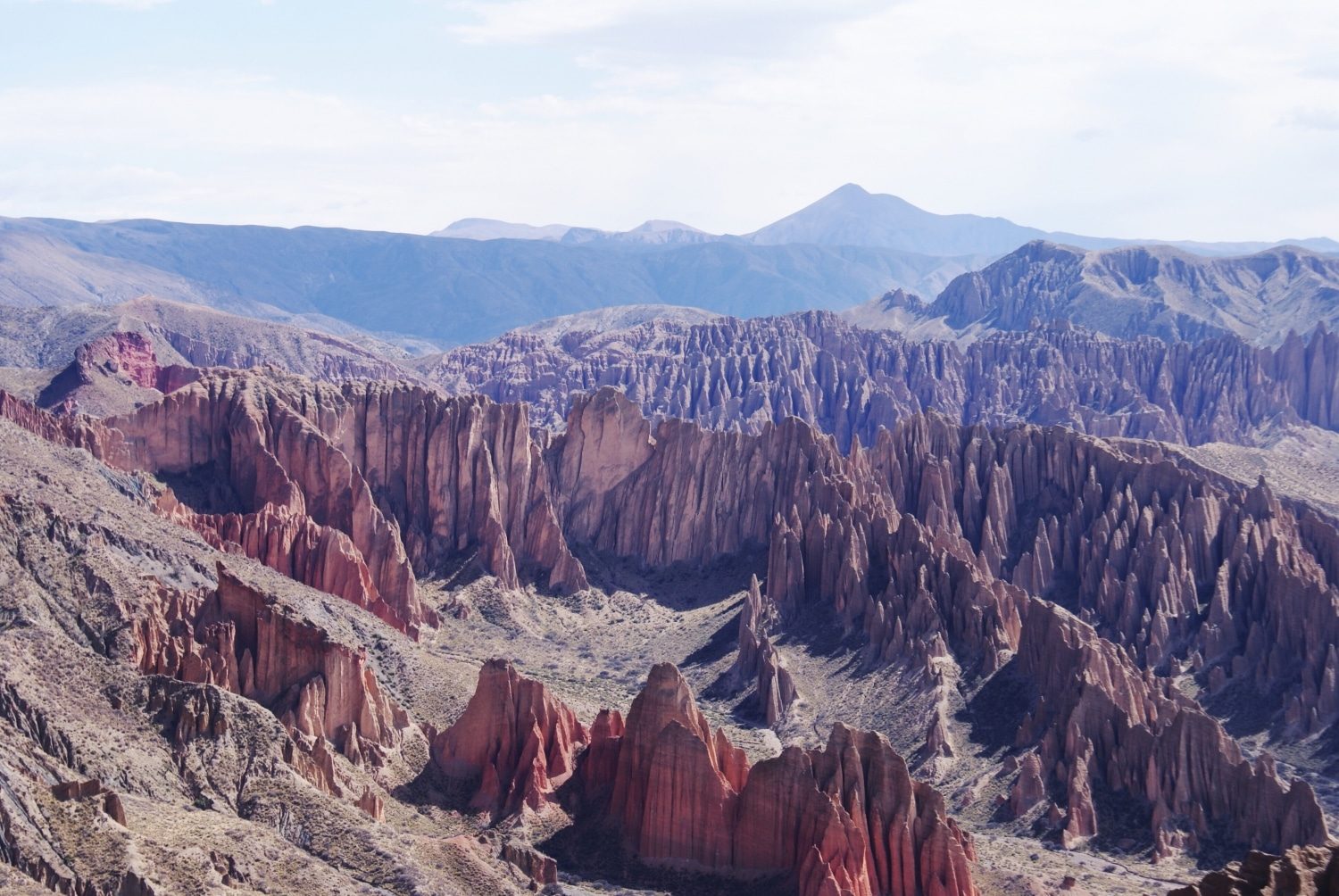
The Quebrada de Palala is a short drive outside of Tupiza. Thousands of jagged formations (or fins) fill the ravine and come together to create this ethereal Bolivian landscape. The mineral-rich soil creates a rainbow of colours and an impressive sight.
Tupiza Desert
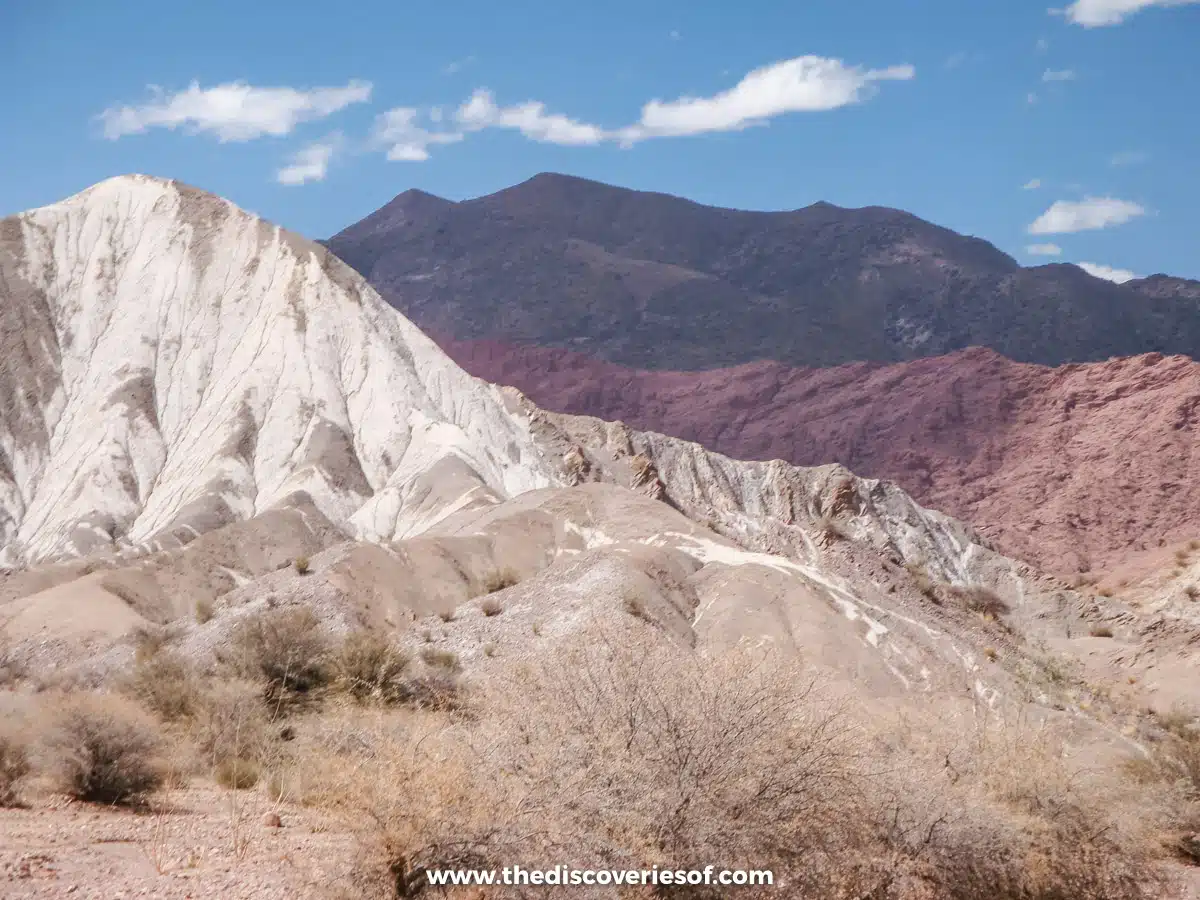
A relatively quiet and sleepy town, Tupiza is best known as the start of the multi-day tours to the Salar de Uyuni.
Most visitors rush through in a hurry to see the big sights and, in doing so, miss out on exploring the stark and rugged desert that surrounds the town. This is Bolivia’s wild west, one-time playground of Butch Cassidy and the Sundance Kid and very much a destination in its own right.
Laguna Verde (The Green Lake)
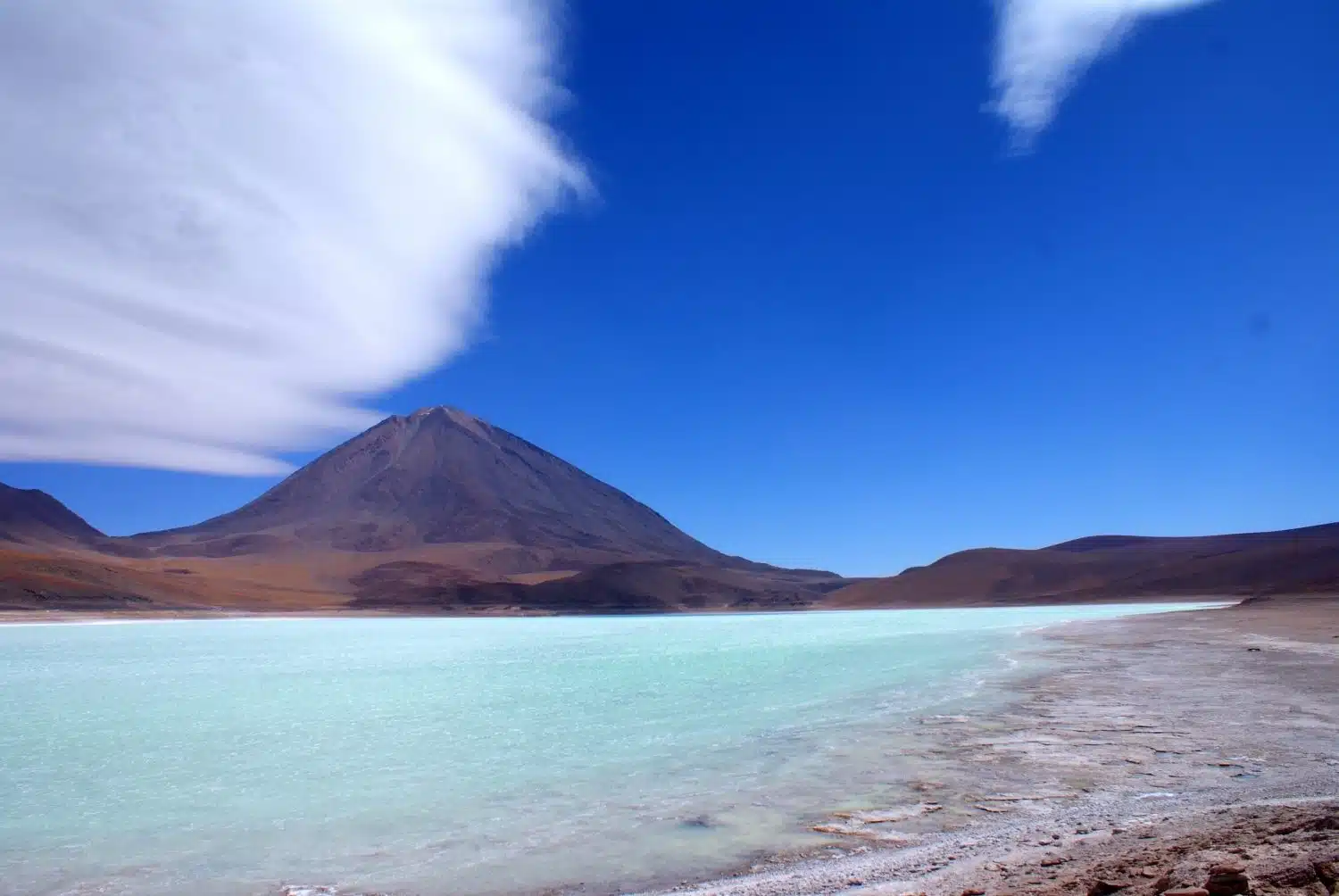
The Laguna Verde is a short distance away from the Laguna Colorada. The icy green waters of this lake are backed by the inactive Licancàbar Volcano (5,868 metres).
High levels of minerals (arsenic being the most concentrated) colour the lake’s waters.
The lake changes colour when the minerals are disturbed, so it can range from barely-tinted mint to a deep turquoise depending on the conditions. It should be at the top of your South America Bucket List.
Read Next
Lake Titicaca
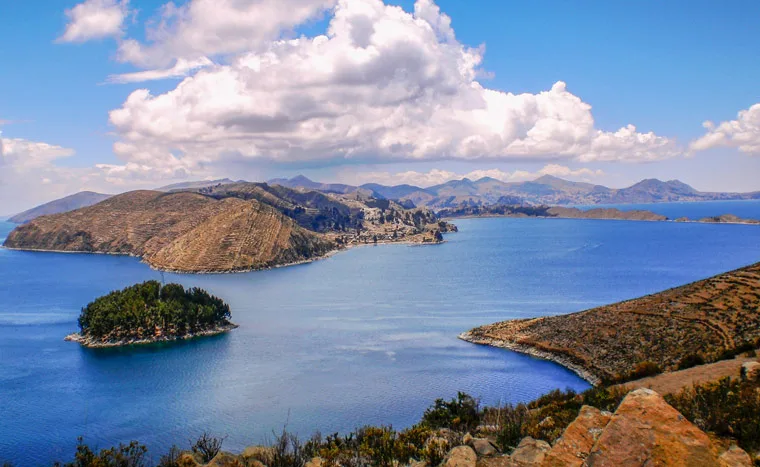
Pictures alone can’t describe the size of Lake Titicaca but the figures will give you a good idea of the sheer scale of this lake, which straddles the border between Bolivia and Peru.
Lake Titicaca is the highest navigable lake in the world. It stands at an elevation of 3,812 metres and measures 118 miles long at its longest point.
The lake’s surface covers an area of 3,232 square miles. Whichever way you look at it – it’s one of the landscapes of Bolivia that shouldn’t be missed.
The Salar de Uyuni (Bolivia Salt Flats)
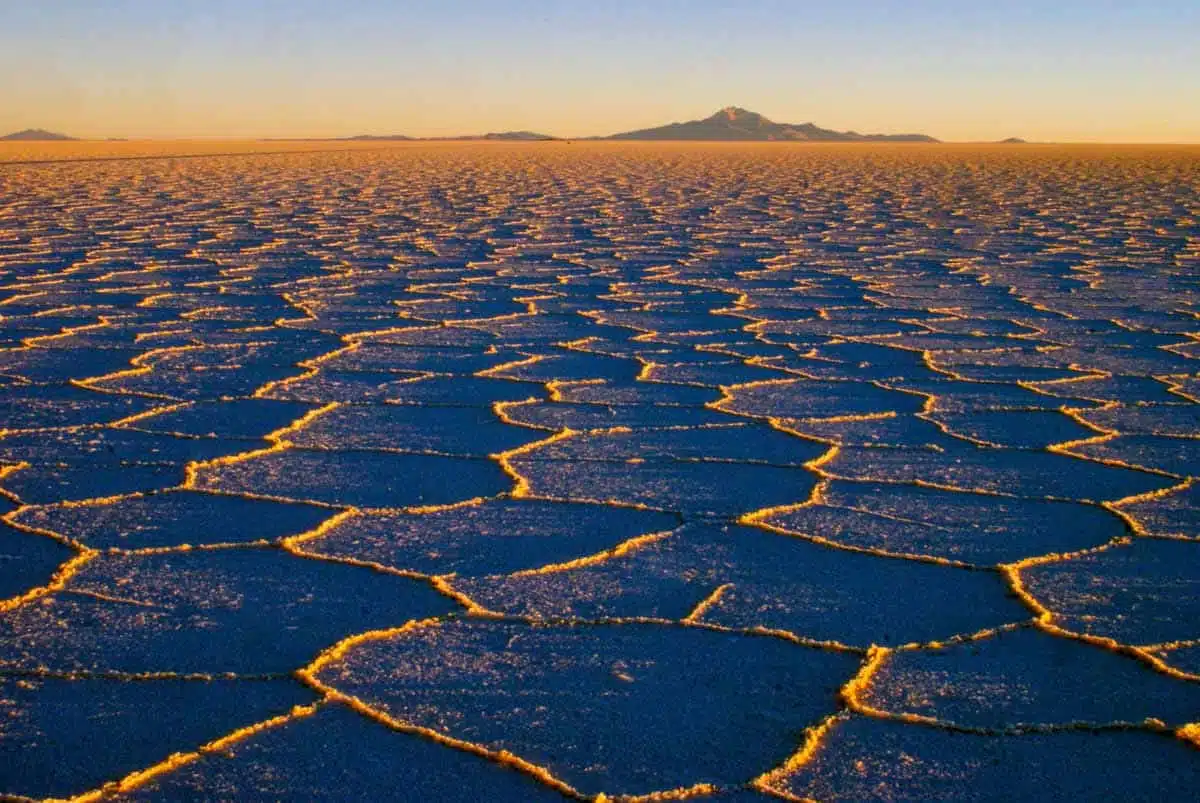
The Salar de Uyuni is one of the most photogenic places in the world, nevermind in Bolivia alone.
Spread out over a staggering 4,086 square miles, they’re an impressive stretch of tessellating salt shapes punctuated with a few cacti-studded islands in an otherwise desert-like landscape.
The salt flats date all the way back to prehistoric times – when it was a massive lake before transforming into the snow-white desert landscape somewhere around 40,000 years ago.
Looking for more Bolivia travel inspiration? Check out these handy guides.
- Visiting Laguna Verde, Bolivia
- The coolest South America travel routes for a two-week trip
- When’s the best time to visit the Salar de Uyuni?
- How to Visit the Bolivia Salt Flats
Love This? Save and Share on Pinterest
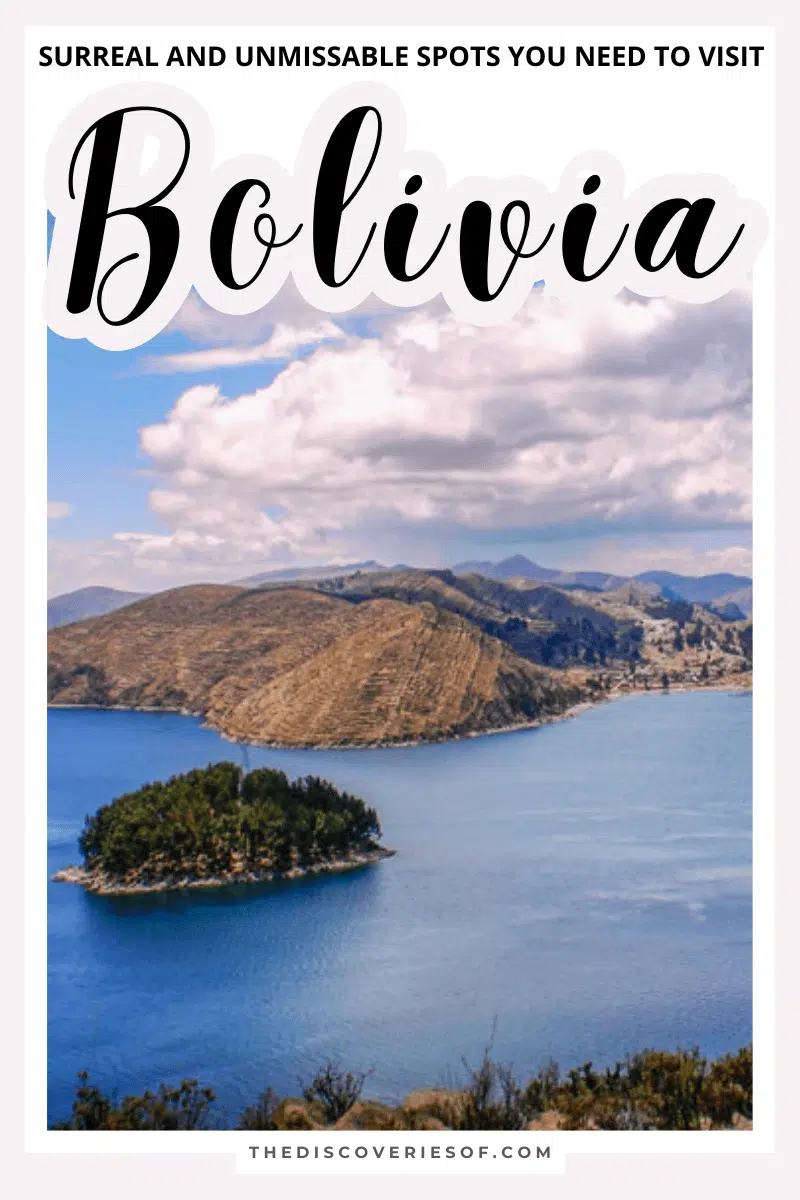
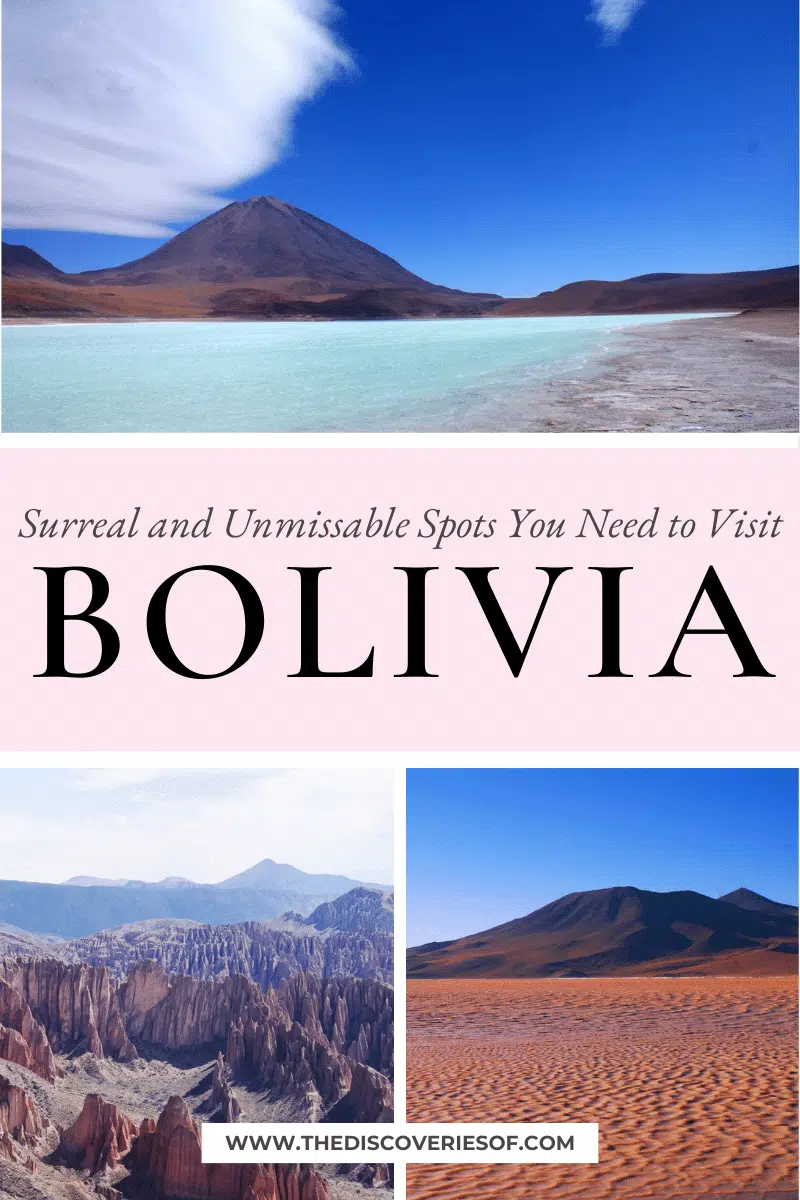

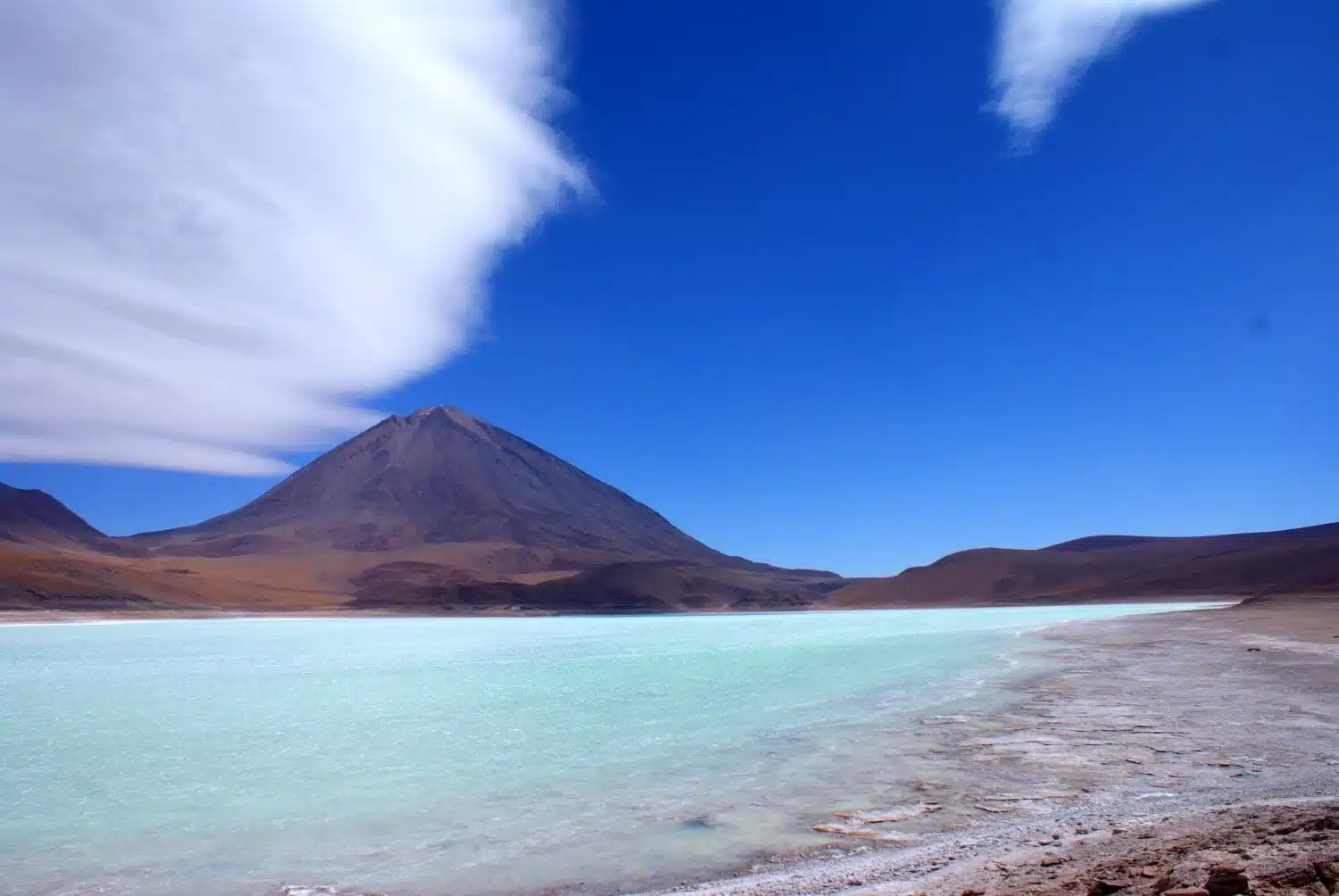
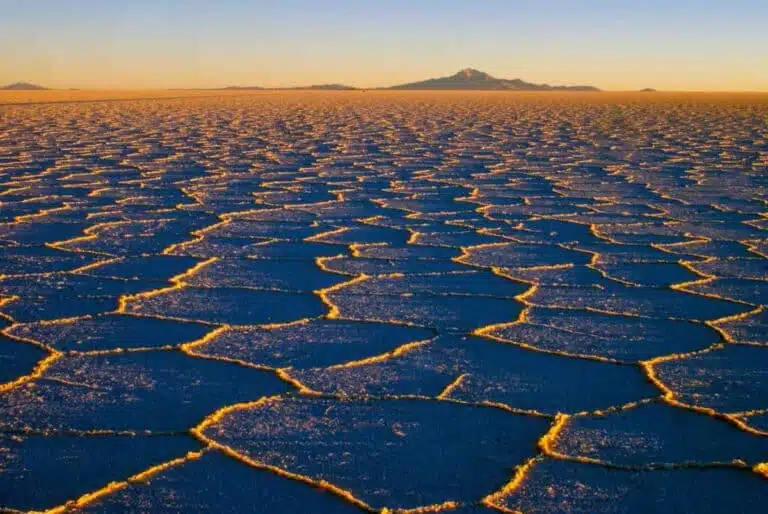
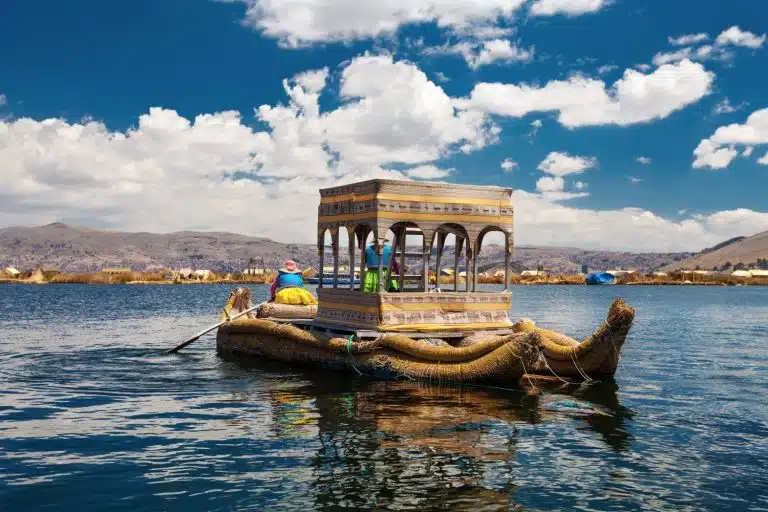
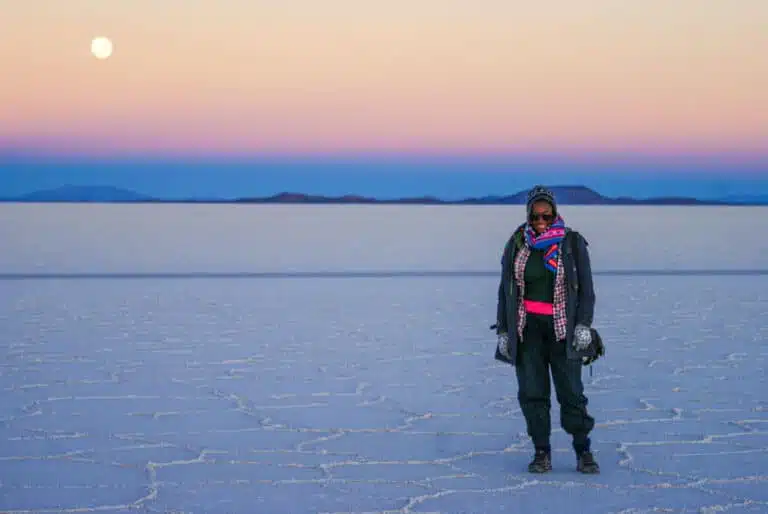
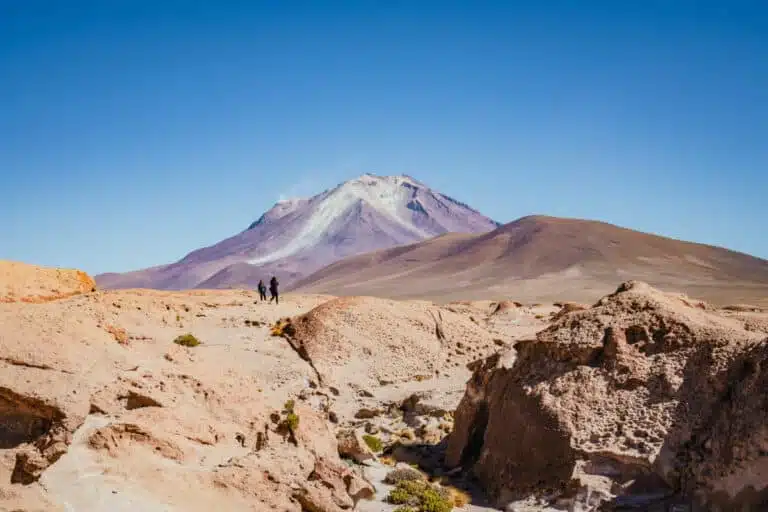

Gorgeous photos. Looks so beautiful. we can’t wait to get to Bolivia next year.
It’s such a great place – glad you like the piece. I’m planning to go back next year too because I loved it so much. Enjoy your trip!
Bolivia seem good option for holiday, this year but I’m very insecure that these place are disabled friendly or not because my son is physically impaired.
Hi Amanda – it is gorgeous and a great destination but I understand your concerns about whether it’s disability-friendly. I don’t have much experience on that front, but I would say that it probably would take some arrangement in advance to reach more remote areas as the facilities aren’t always very good. Wishing you the very best.